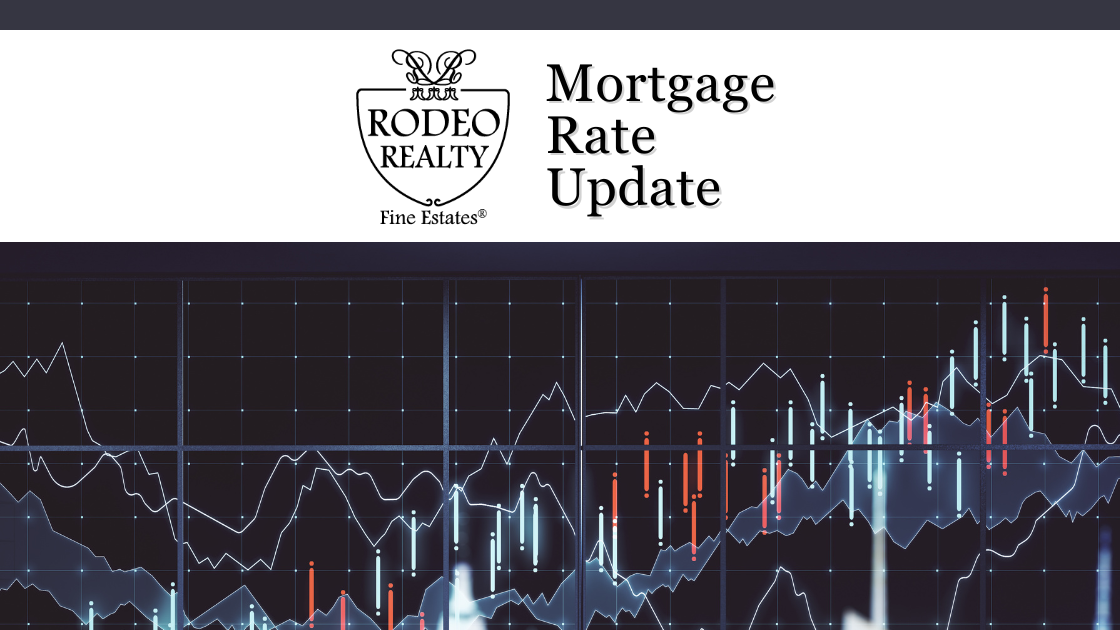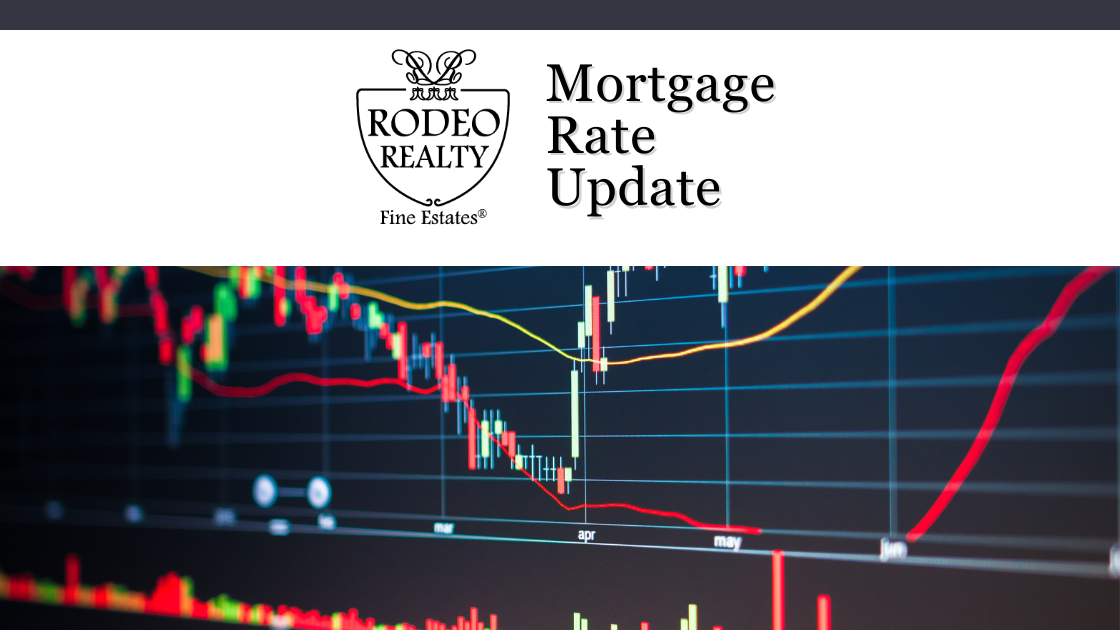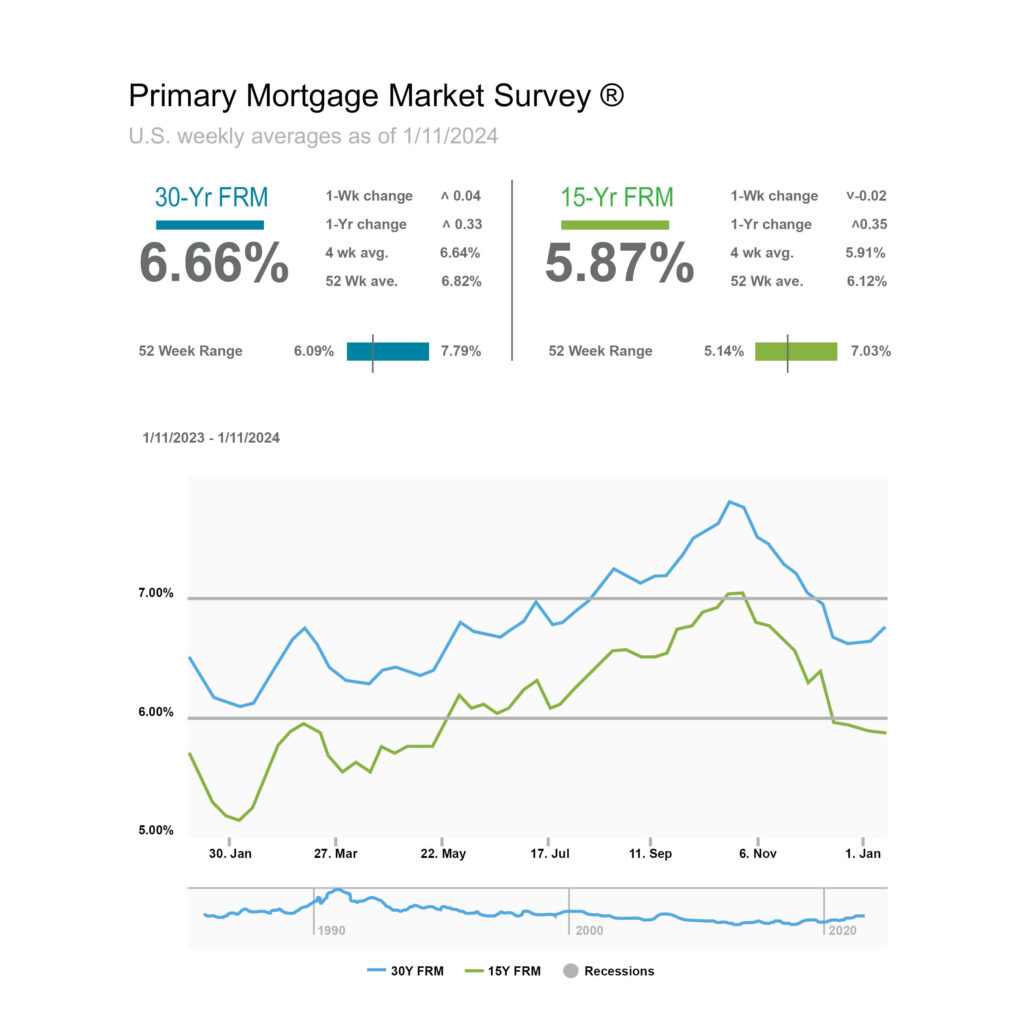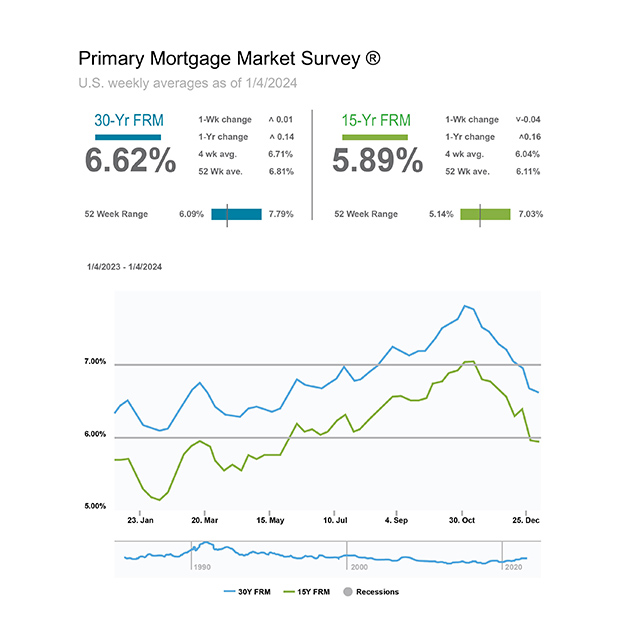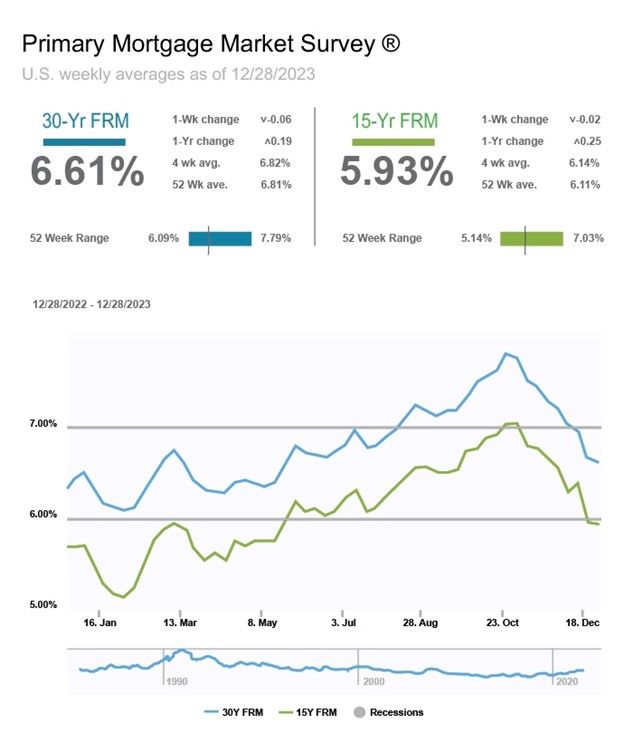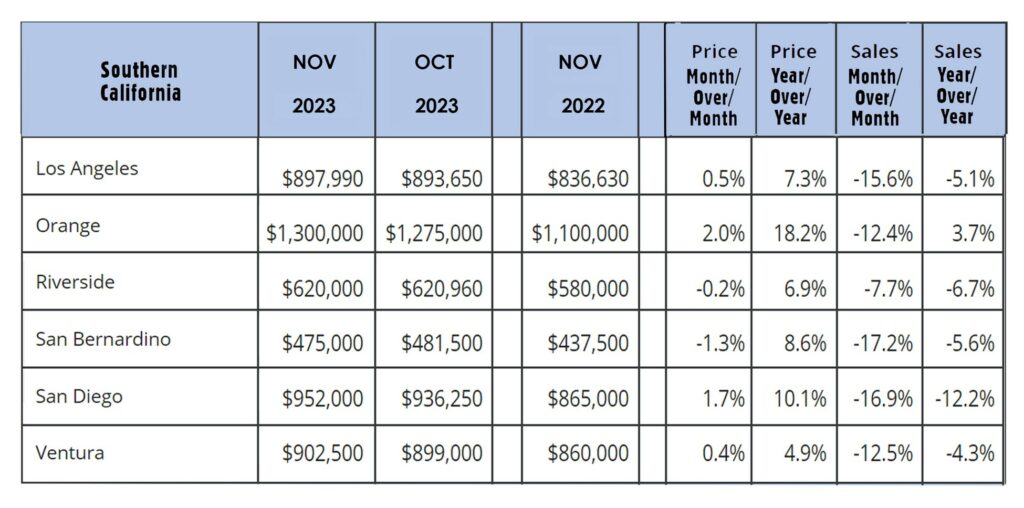Los Angeles, a city renowned for its diverse, iconic, and vibrant culinary scene, offers a myriad of dining experiences. Likewise, each restaurant tells its own unique story. This curated selection of eateries takes you on a gastronomic journey through LA.
Brent’s Deli Northridge

Location: 19565 Parthenia St, Northridge
Nestled in the heart of Northridge in the San Fernando Valley, Brent’s Delicatessen and Restaurant. This cornerstone of the community offers an authentic deli experience. With a history spanning over 55 years, this family-owned deli has become famous for its hearty pastrami sandwiches, massive breakfast platters, and delicately crafted blintzes. The menu is a rich tapestry of flavors, all prepared with traditional methods passed down through generations.
Smoke House Restaurant

Location: 4420 Lakeside Dr, Burbank
A stone’s throw from some of LA’s biggest studios in Burbank is the Smoke House Restaurant. This historical gem dates back to 1946. This establishment is more than just a restaurant; it’s a cultural landmark where Hollywood’s creatives convene. The menu pays homage to classic American cuisine, featuring charred steaks and robust flavors. The dining room, echoing a bygone era, provides a rustic and lively ambiance.
Newport Seafood Restaurant

Location: 518 W Las Tunas Dr, San Gabriel
Newport Seafood Restaurant has been a culinary beacon in the San Gabriel Valley since 1996. Blending Vietnamese and Chinese culinary traditions, the result creates an unforgettable dining experience. Under the capable guidance of Sophia Lau, daughter of founders Wendy Lam and Ly Hua, this bustling restaurant has become a favorite for its unique offerings. The menu is a celebration of seafood. Likewise, expect dishes like scallion, ginger, and garlic-flavored lobster, and the richly seasoned beef luc lac.
Musso & Frank Grill

Location: 6667 Hollywood Blvd, Hollywood
As Hollywood’s oldest restaurant, Musso & Frank Grill has been a culinary icon for over a century. This legendary establishment is renowned for its mastery of Continental classics, including a superb French onion soup. The dining room, steeped in history, creates an ambiance that is quintessentially LA and utterly timeless.
Jitlada Restaurant

Location: 5233 Sunset Blvd, Los Angeles
A cornerstone of Thai Town since the 1970s, Jitlada experienced a renaissance in 2006. Enjoy an extensive menu with rare Southern Thai specialties. The restaurant’s ambiance, with its packed tables and dim lighting, provides a cozy backdrop. Indulge in dishes like the crispy morning glory salad, mussels in a fragrant lemongrass broth, and the fiery turmeric-fried catfish. The expansive menu encourages communal dining. Likewise, this allows guests to explore the rich tapestry of Southern Thai cuisine in a setting that’s as classic as it gets.
The Tower Bar

Location: 8358 Sunset Blvd
The Tower Bar on the Sunset Strip in West Hollywood is nothing short of iconic. Owned by Jeff Klein, this staple hotel bar has been the epicenter of countless Hollywood deals and clandestine meetings over the years. Its reputation as a discreet and upscale haven for the socially mobile of Los Angeles adds to its allure. The bar’s understated elegance and shadowy corners make it an ideal spot for both industry insiders and a new generation of patrons drawn to the mystique of Old Hollywood. The atmosphere is electric, filled with the excitement of great fun and unparalleled people-watching opportunities.
Tail O’ the Pup

Location: 8512 Santa Monica Blvd
Tail O’ the Pup, opened in 1946, is a beloved part of LA’s history, known for its iconic hot dog-shaped building in West Hollywood. Recently revitalized, the establishment continues to serve its classic American fare mere blocks from its original location on La Cienega Boulevard. Patrons can enjoy split-grilled hot dogs, crispy fries, and hearty cups of beef chili, all while appreciating the nostalgic charm of one of LA’s most historic programmatic theme buildings. The updated Tail O’ the Pup offers a unique blend of tradition and modernity, making it a must-visit for both history enthusiasts and foodies alike.
Dan Tana’s

Location: 9071 Santa Monica Blvd, West Hollywood
Since its opening in 1964, Dan Tana’s has been the iconic quintessential Hollywood hangout. This Italian American restaurant buzzes with energy late into the night, every night of the week. The menu features beloved classics like chicken parmesan and grilled steaks, while the bar is a legendary spot for rubbing shoulders with celebrities. The vibrant and intimate atmosphere of Dan Tana’s captures the essence of Hollywood’s golden era, making it a timeless favorite among locals and visitors alike.
Polo Lounge

Location: 9641 Sunset Blvd, Beverly Hills
The Polo Lounge, a storied establishment nestled in Beverly Hills, is renowned for its idyllic patio setting and illustrious history. This lunchtime haven boasts a lush garden ambiance and impeccable service, creating an oasis in the heart of the city. While the menu offers straightforward, albeit pricey, fare, the experience of dining here is about more than just the food. Guests come for the classic McCarthy salad and other mid-century dishes, but the real draw is the chance to be part of the Hollywood elite, potentially mingling with stars in a setting that exudes luxury and exclusivity.
Dan Sung Sa

Location: 3317 W 6th St, Los Angeles, CA 90020 Phone: (213) 487-9100
Established in 1997 by owner Caroline Cho, Dan Sung Sa is an iconic cornerstone of Koreatown, bringing the essence of Korean street-style pubs, known as pojangmacha or pocha, to Los Angeles. This popular spot serves an array of comfort foods perfect for late-night cravings, including grilled skewers, cheesy corn, and hearty stews. These dishes are designed to complement the extensive selection of beer and soju, making Dan Sung Sa a go-to destination for those looking to experience a slice of Korean nightlife. The pub’s vibrant atmosphere and commitment to authentic Korean flavors have made it a beloved institution, remaining open daily until 2 a.m. for night owls and food enthusiasts alike.

